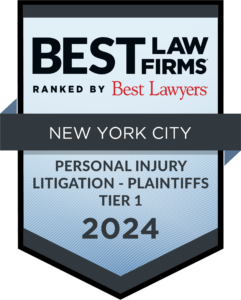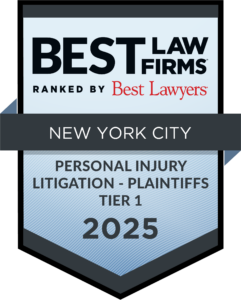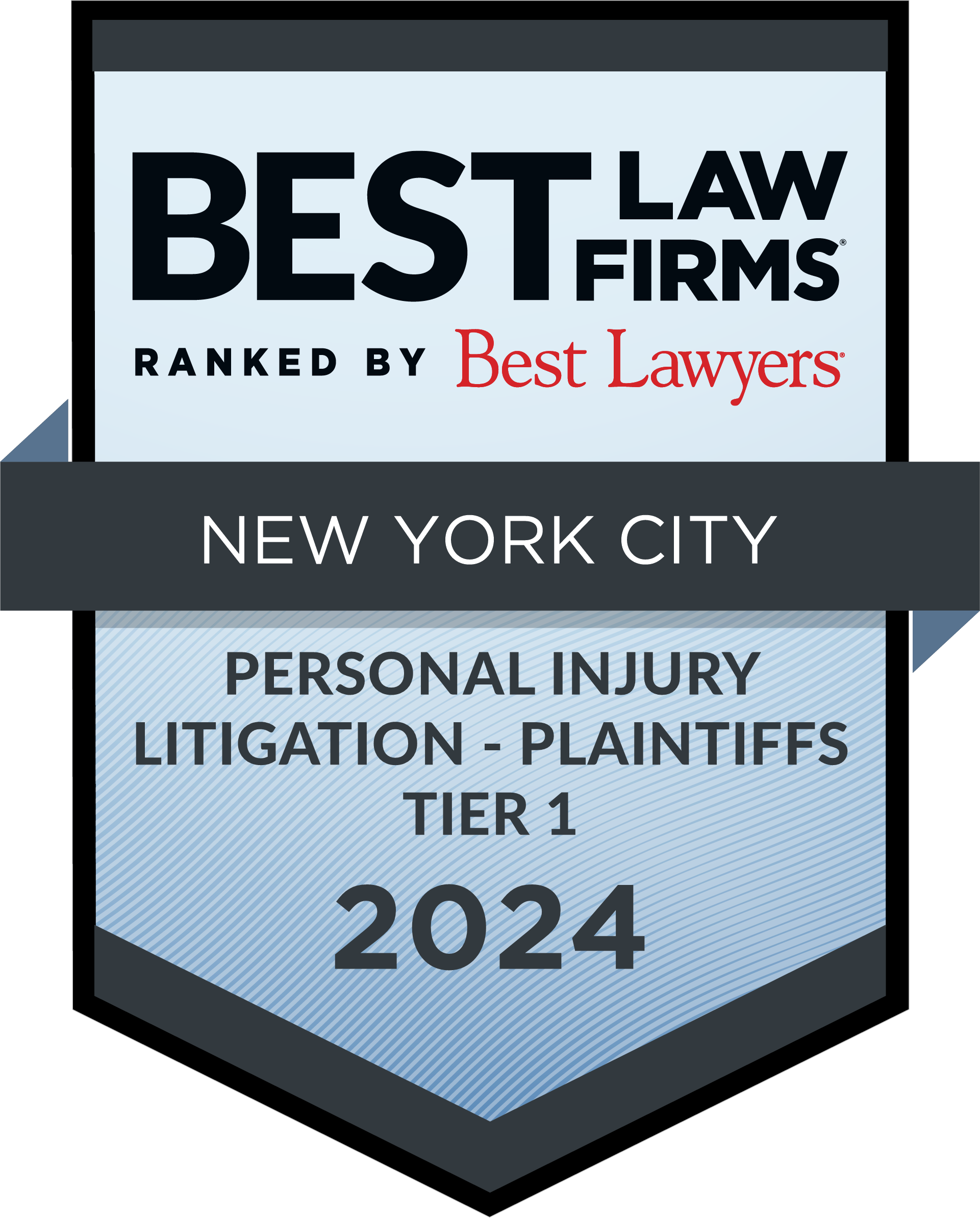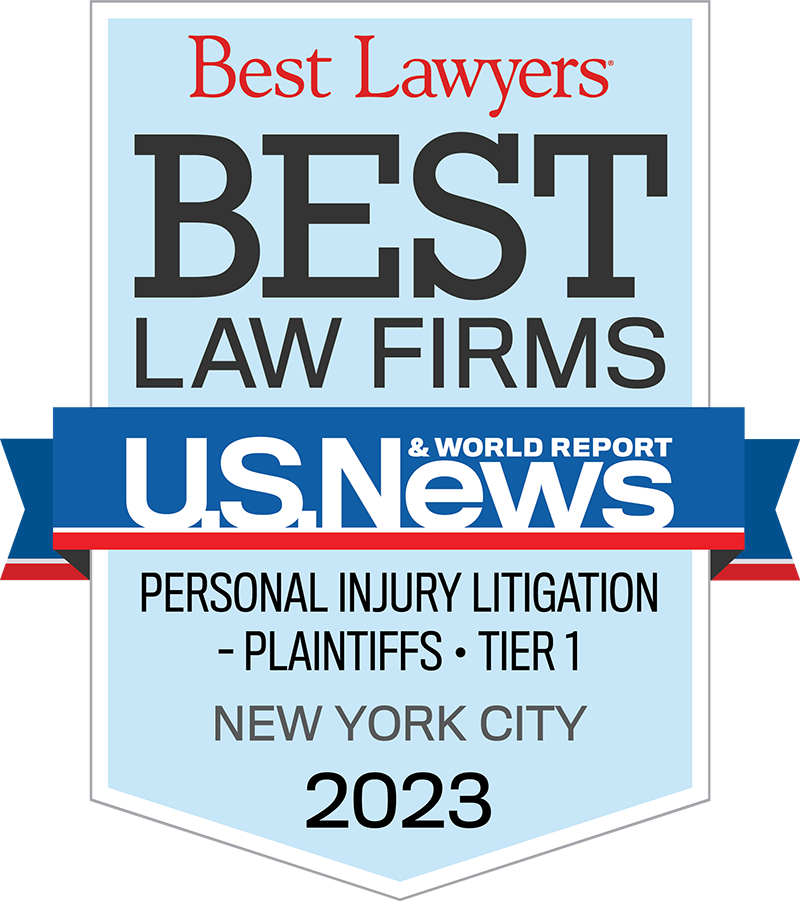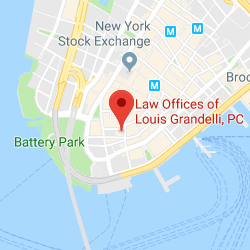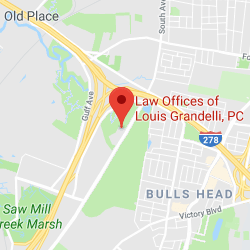Every day millions of people ride the New York City subway system. Many more take the Long Island Railroad, Staten Island Rapid Transit and the Metro-North systems to commute to work or to travel. However, this mode of transportation carries with it the risk of falling into gap between the train and the platform, which can lead to serious and permanent injuries, including death.
Of course, some space is necessary to allow trains to pass through stations safely, without striking the platform. However, the New York City Transit Authority (or the MTA, LIRR, SIRTOA or Metro-North) may be found negligent if the gap is too large, as to be deemed unreasonable and not safe for those passengers entering and exiting the train.
These common carriers are cognizant that a large gap is unsafe for passengers. To this end, the past-president of the Transit Authority issued an internal memorandum in 1987 stating that subways should aim to have a gap no larger than six inches for straight platforms. The memo, however, did not give a similar guideline for curved tracks.
Even though there is an internal memorandum advising the subway system to follow a “six inch” rule for straight tracks, the courts have not followed any bright-line rule when determining the negligence of the Transit Authority. However, an analysis of these cases show it is important for the plaintiff to have the right expert.
In a recent decision, the New York Appellate Division, First Department, reversed a jury decision that found that the Transit Authority was negligent and awarded the plaintiff $9 million. The appellate court set aside the verdict since it found that there was no valid line of reasoning for the jury to reach its conclusion. Howell v. NYCTA, 123 A.D.3d 439 (1st Dept. 2014).
In Howell, while the plaintiff estimated that the gap was approximately 12 inches, she admitted that she was not positive of this estimate, and the plaintiff failed to retain an expert or perform any measurements of the gap. The Transit Authority’s measurements, however, revealed that the gap was less than four inches.
Similarly, in Glover v. NYCTA, 60 A.D.3d 587 (1st Dept. 2009), the Appellate Division, First Department reversed a jury award when the plaintiff did not have sufficient evidence of the gap in the platform. While the plaintiff had expert testimony in that case, the expert never performed measurements of the gap, and based his opinion on the diameter of the plaintiff’s leg. The court found that the plaintiff’s allegation that the gap was greater than six inches was speculative.
While the Transit Authority’s internal memorandum regarding the “six-inch” rule is important in these cases, it is not determinative. For example, in Tzilianos v. NYCTA, 91 A.D.3d 435 (1st Dept. 2012), the gap where the plaintiff fell was under six inches, but the defendant did not establish that its compliance with its own standard proved that it was not negligent since the memo “does not set forth what if any study was conducted to determine what is safe for the traveling public before adopting the six-inch gap standard….” Moreover, even if the standard is generally reasonable, the defendant did not establish that the relevant gap in the case was actually reasonable. See also Pemberton v. NYCTA, 304. A.D.2d 340 (1st Dept. 2003)
As the above cases show, the courts are not entirely consistent with how the fall in the gap cases are analyzed. However, it is important to retain the right attorney. At Louis Grandelli, P.C., we have extensive experience with fall in the gap cases involving the subway, the Long Island Railroad and the Staten Island Rapid Transit. The attorneys at Louis Grandelli, P.C. will analyze the cases and make sure to retain the experts needed in your case.
If you or someone you know has fallen into a gap between the train and the platform, contact the lawyers at Louis Grandelli, P.C.






